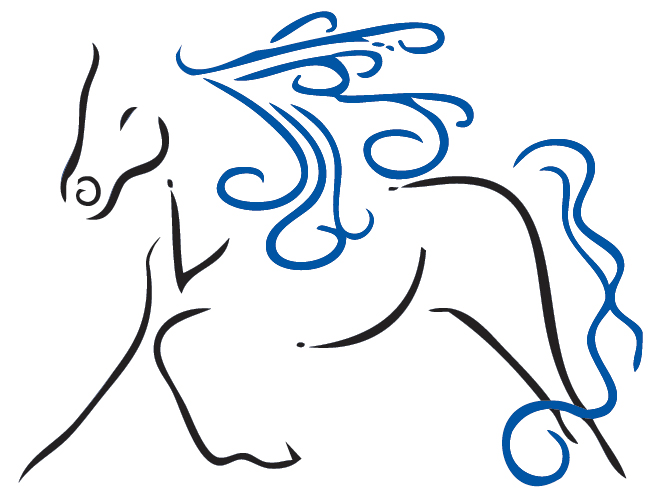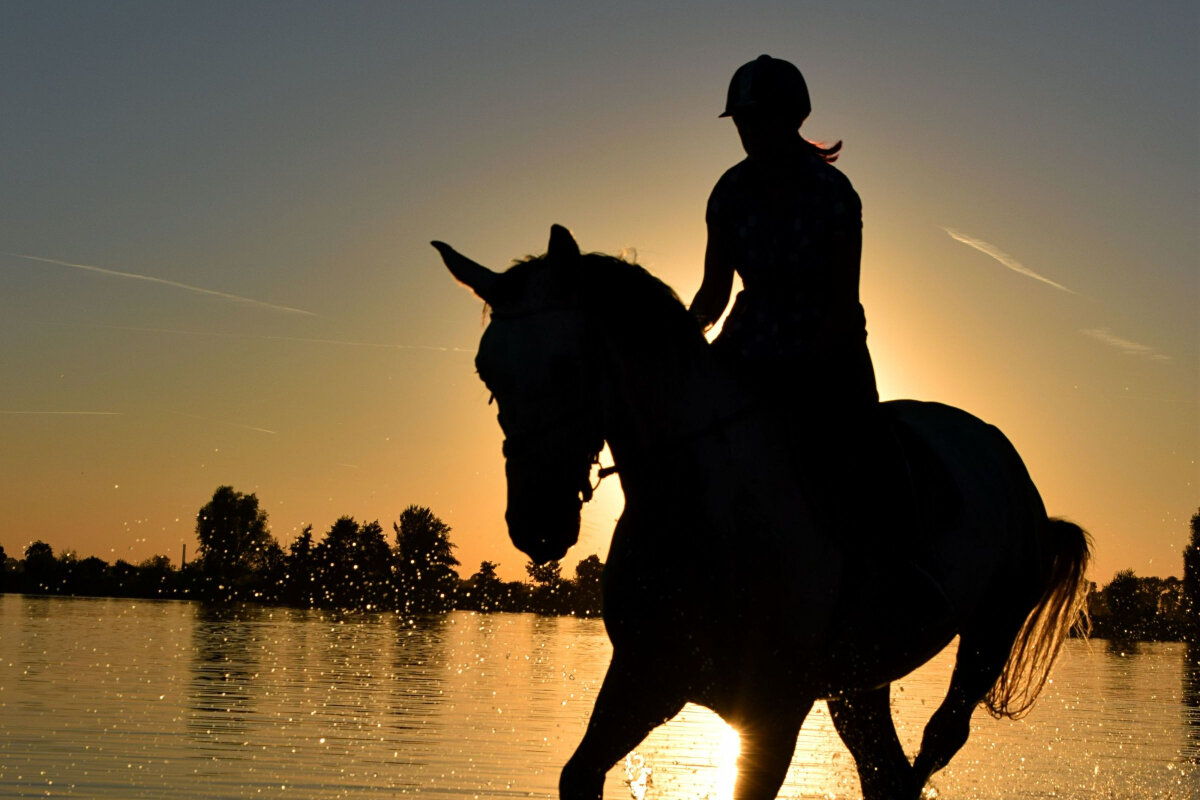When one piece of equipment affects the entire body
“So how is your horse today? How is the princess/prince?”
Most of my clients will hear me ask this question at the start of a session. I like to check in and hear what information I can glean from those who care for the horse on a day-to-day basis. It’s important to me because such insight can have a great impact on how I interpret what I feel while working during a session.
Changes in behavior especially can signal that things are not quite ok and that something is amiss way before we start seeing physical or lameness issues.
Case in point, a lovely mare with a heart of gold and truly loved by her owner. When I asked the above question, the answer was:: “She is doing great! She is even getting a bit sassy now that spring is here!”
All words I, as a part of her care team, love to hear. But things aren’t always as they seem. Sassy can mean a great many things. And sometimes we aren’t even aware the horse is trying to say things are hurting.
In this case, I found some significant tension in the cranial bones, the TMJ, the jaw, the hyoid, the poll, the upper cervical vertebrae, all resulting in tension through the rest of the body. The mare also presented with a disconnected state through her lumbar region and right behind her withers and girth area. Her back was tight and tense, her joints in her hind end showed very little range of motion and her muscles in both hindlegs were very tight.
As I kept peeling the layers and working my way into her body, I could feel a distinct tension in the area where we would find the noseband on her bridle, and also throughout her entire head and poll.
So I asked the owner: Do you use a flash? And the answer was yes. As I described what I was feeling, the owner suddenly remembered that her mare, usually quiet and very accommodating, had started tossing her head. And the conversation led to her stating that a previous trainer had taught her to use a tight flash to prevent her horse from opening her mouth. And while she is no longer with this particular trainer, the mindset was still there to keep her horse from expressing herself.
Now, there is not one horse owner out there who hasn’t followed someone else’s advice and later regretted it. Myself included. In this case, the owner thought SHE was doing something wrong and it caused the head tossing. Once I explained to her how a tight noseband or flash can cause tension and restriction, and showed her how it impacted the rest of the body, it all became clear. And the flash came off immediately.
In this case, the equipment caused discomfort, which the horse was bracing against, causing resistance and tension through her entire body. Her neck twisted, her jaw clenched, her whole front end became braced, the ribcage could no longer swing freely, and her hindlegs had no room to move forward causing restriction and tension there. There was no way for this mare to get away, her only out was to express her discomfort when it became too much. Hence she started tossing her head.
As we peeled the layers, her mare started relaxing more and more, the twist through her neck and withers became less prominent and her neck lengthened. Her back came up, her shoulders relaxed, she stood square, her hips relaxed, so did her hamstrings, her ribcage opened and she was able to breathe more deeply. And at the end of the session, her ribcage was swinging softly and evenly.
As the riding season ramps up again with our warmer temps, consider what your horse may be telling you. While I am a firm believer in safety, our horse’s typically communicate in a very subtle way with us first before engaging in dangerous behaviors. Sometimes a small change can make a big difference.
If you would like to discuss your horse’s situation with me, please give me a call.
In the meantime, enjoy your rides!


